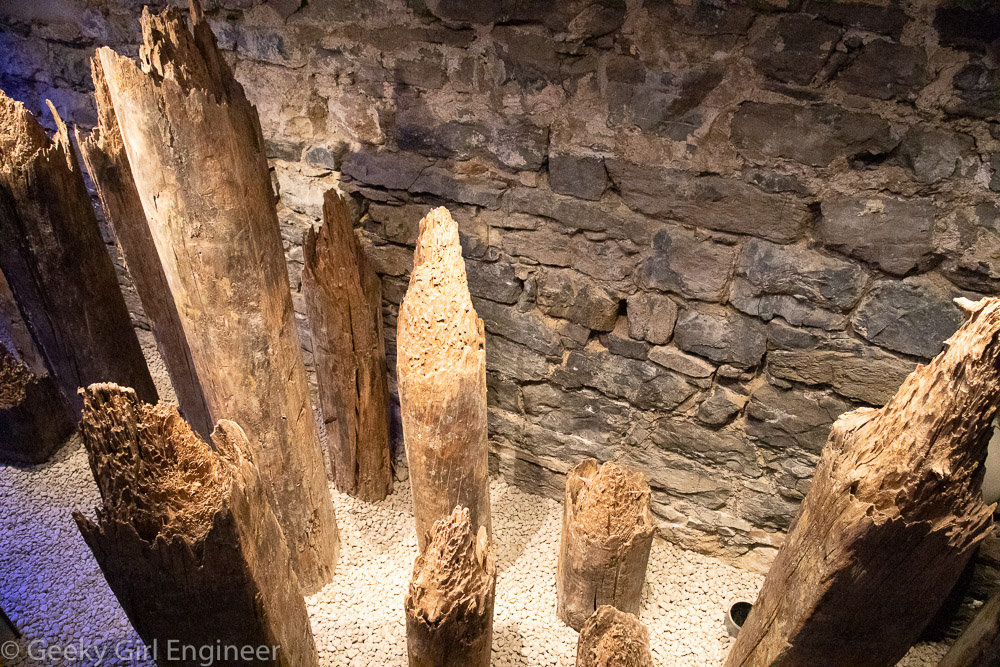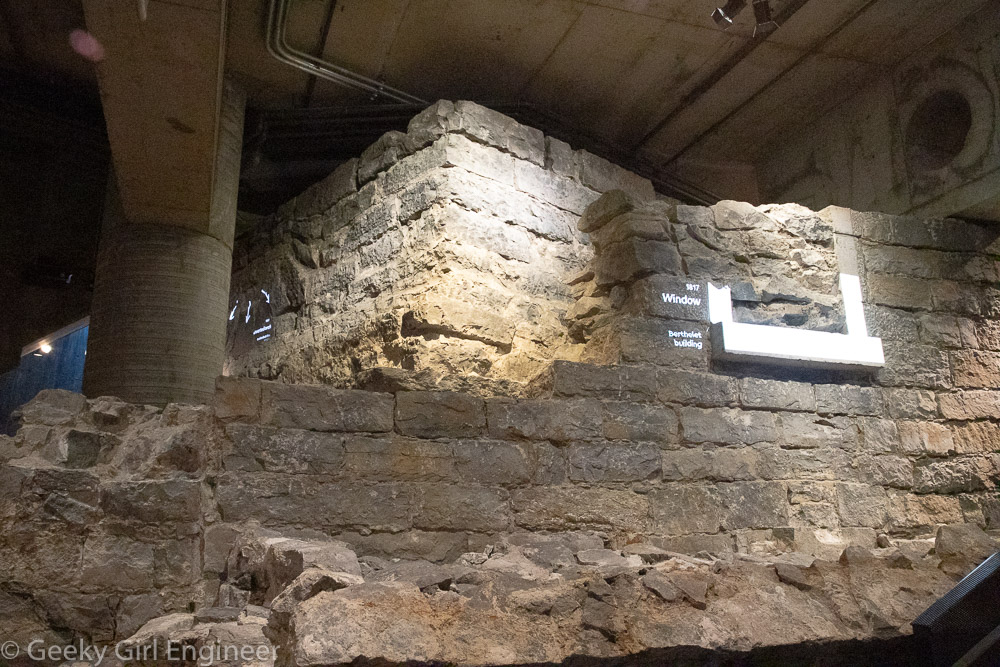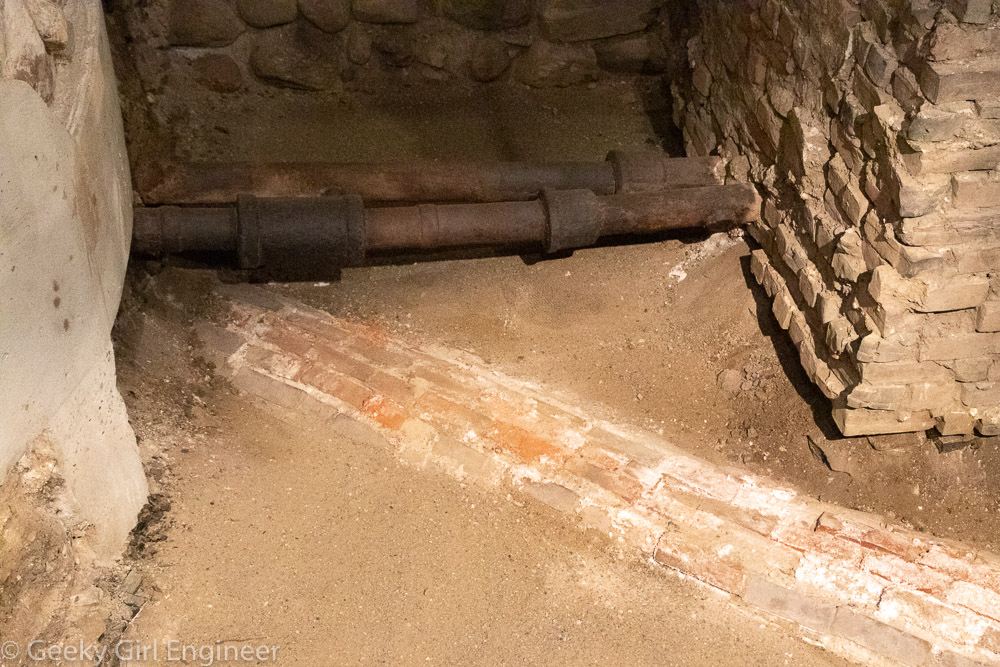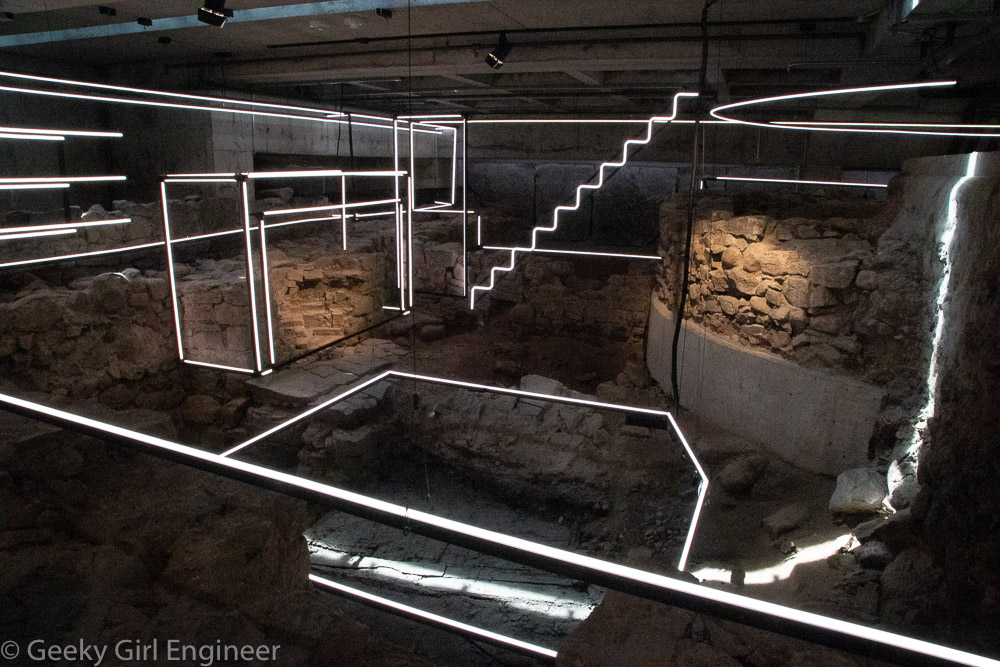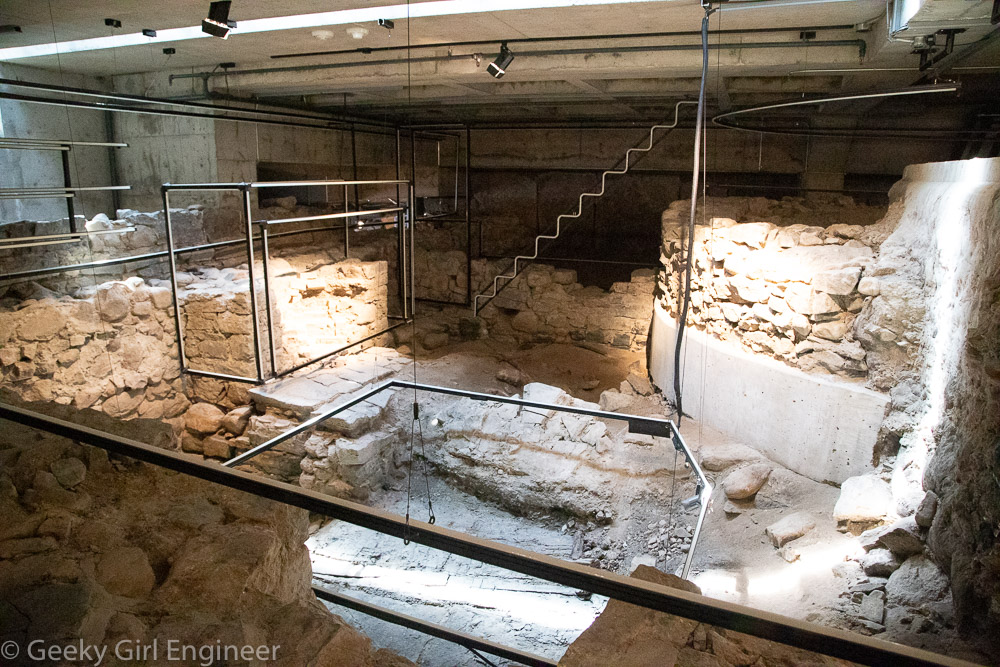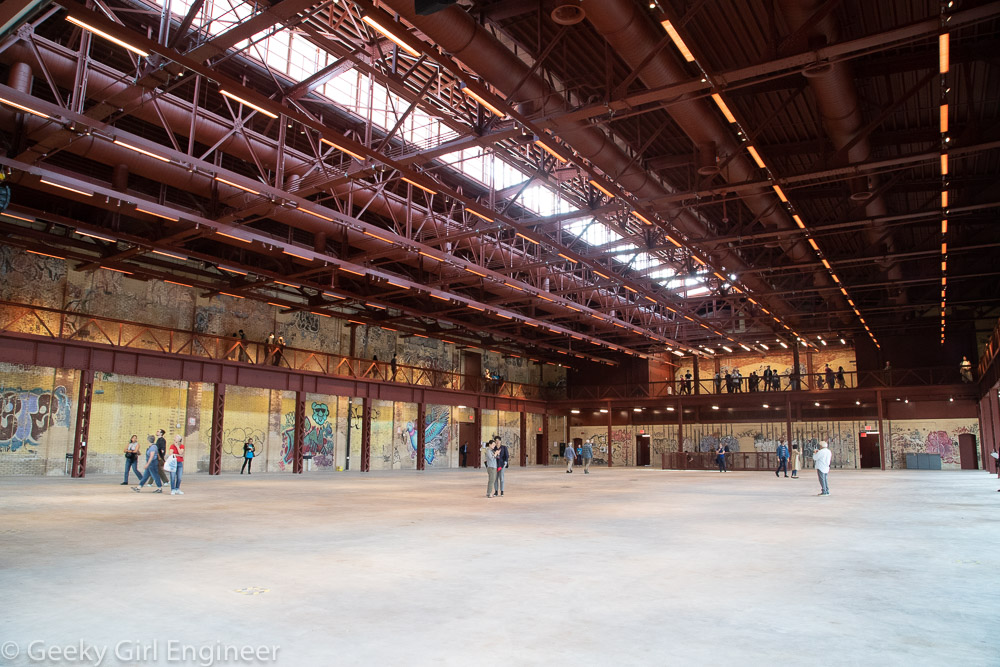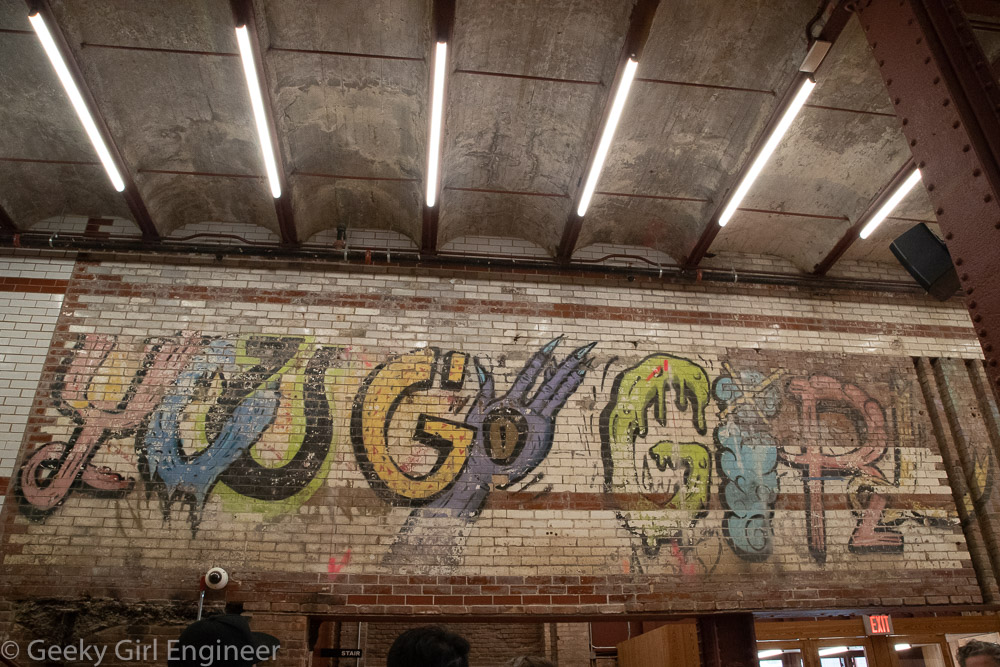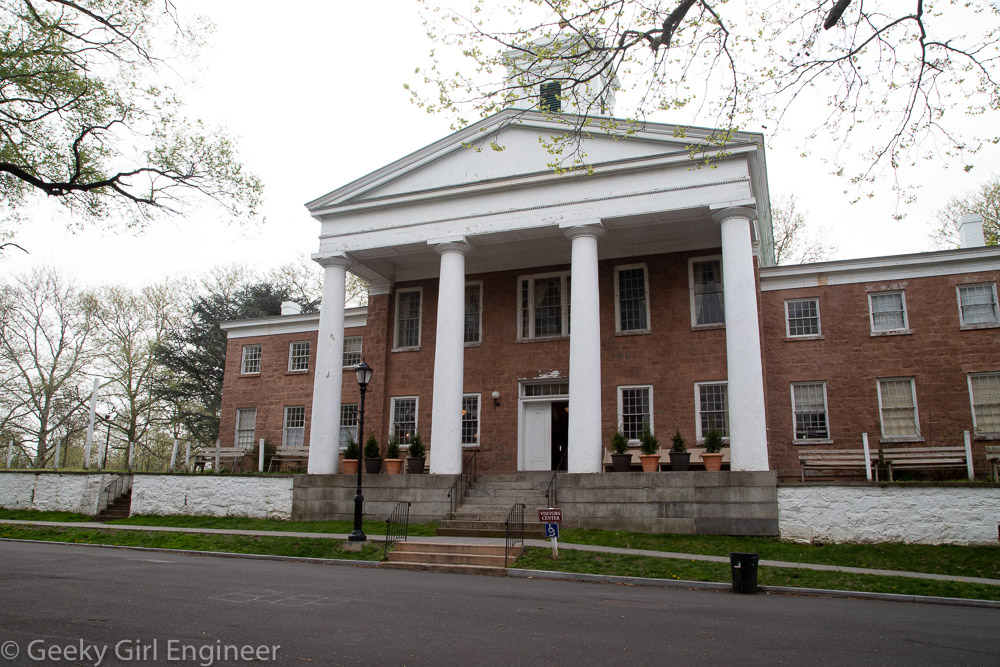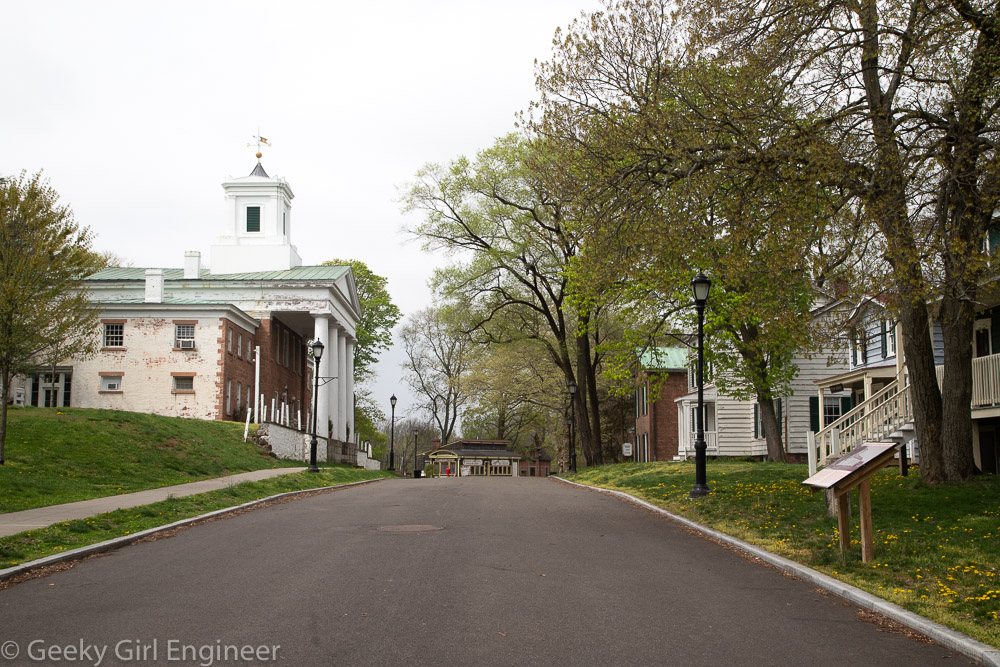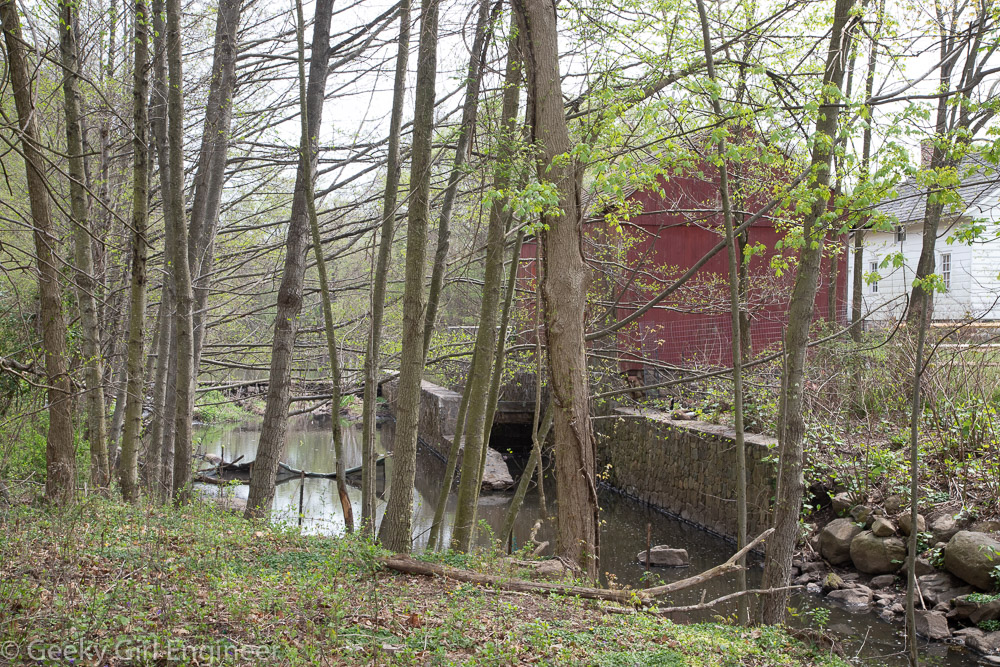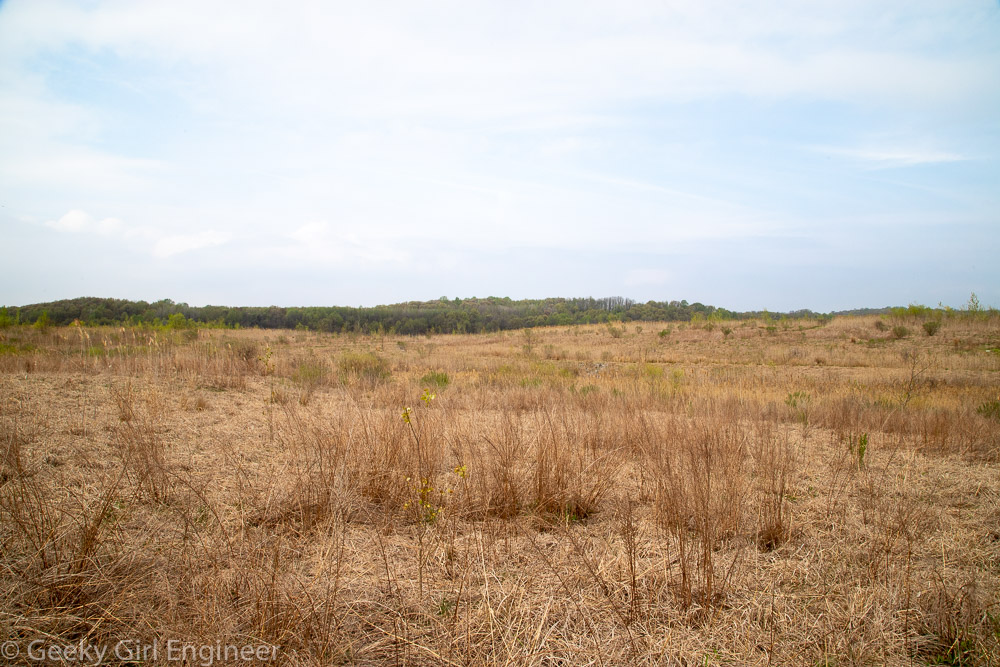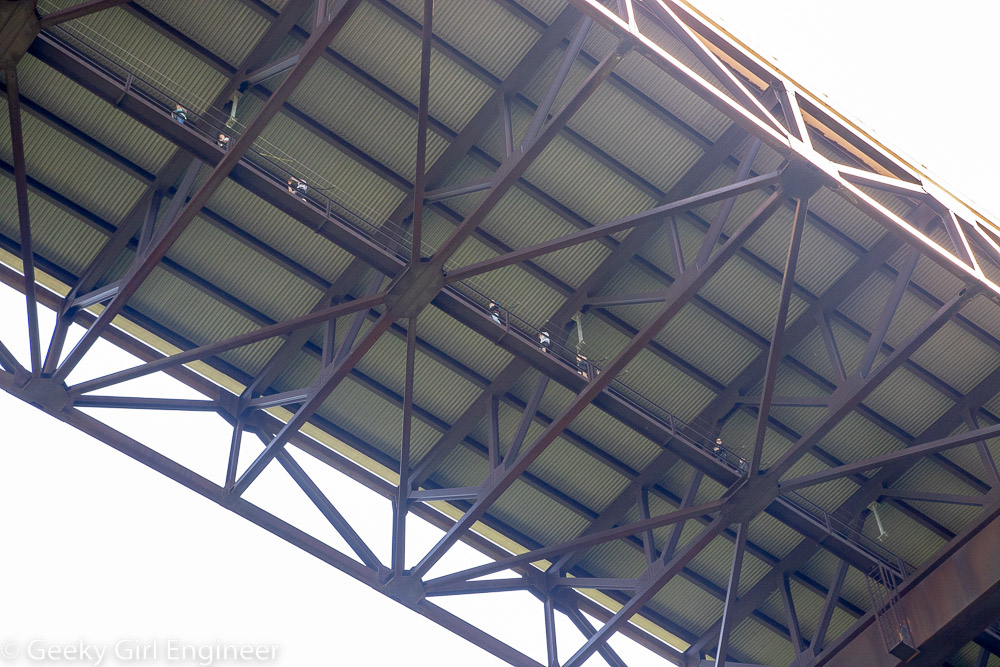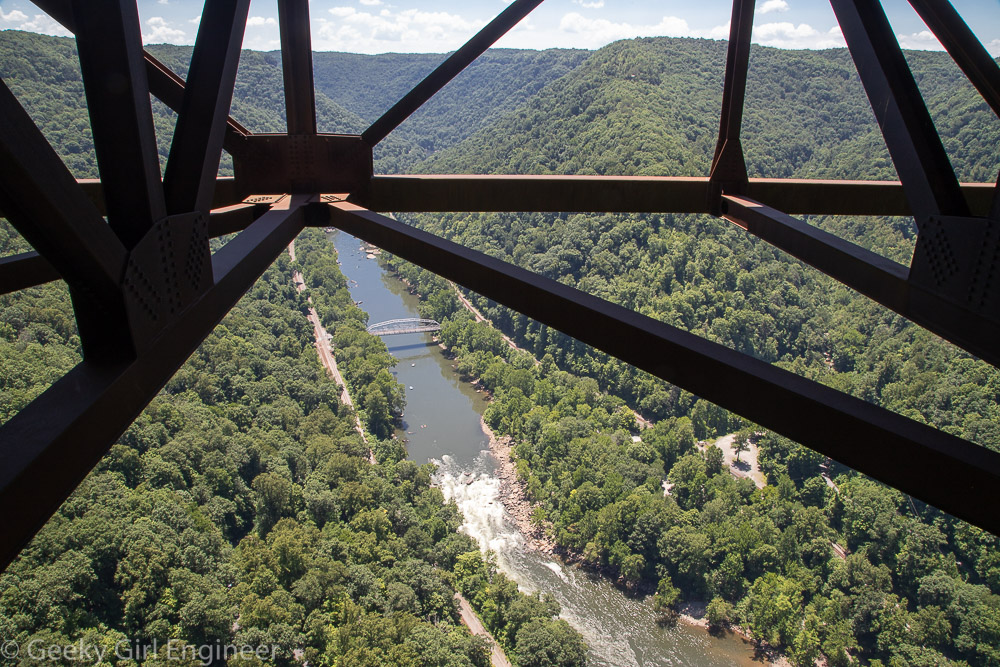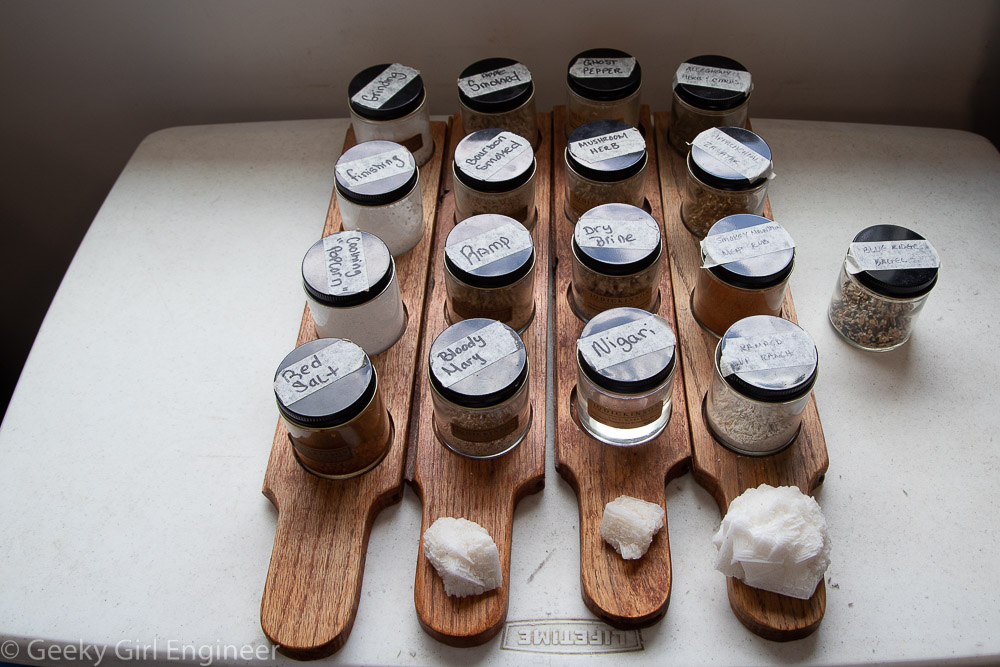Surgery for scoliosis was two months ago now, and I am still recovering. My ability to walk is improving slowly as my body adjusts to the new spinal arrangement. I have a limp that is going to take time to fix. I can climb and descend stairs, but I have to hold onto the railing with one hand, and it is really better if my other hand is at least touching the other side. The main part of my house is on the second floor, so I have had to figure out how to get things up and down the stairs if I want to live on my own.
There are a couple of solutions, but I am engineer, so naturally I installed a small pulley system to transport items up and down the stairs. I think it is the most efficient solution. I bought a small pulley with accompany hook and rope, and I installed it on the railing overlooking the stairs. My stairs have a landing at the halfway point where they change directions, so that made the pulley system really easy to install and allow for a straight path for items to ascend and descend.
Note that my cats oversee all operations of the pulley.






